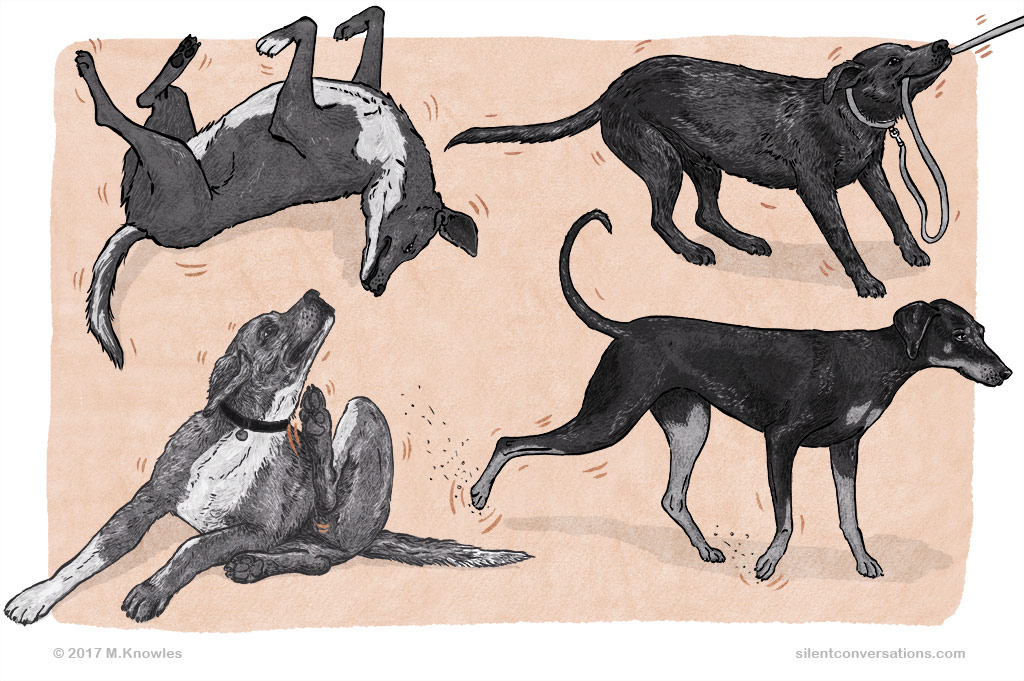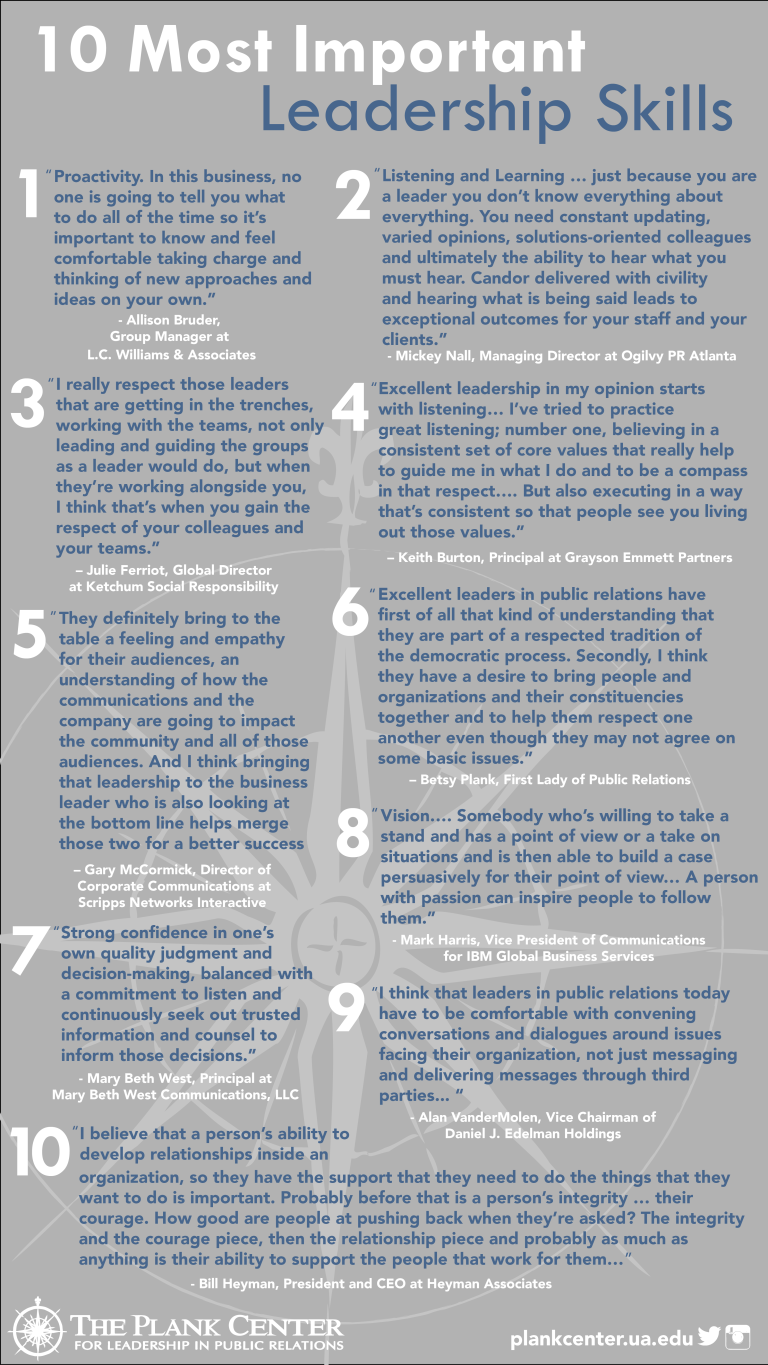Displacement in Communication
Displacement in communication refers to the shifting of emotional or personal feelings onto someone or something unrelated to the actual issue. This phenomenon can hinder effective communication and understanding between individuals, leading to misunderstandings and conflicts.
In personal interactions, individuals often redirect their frustrations or emotions onto innocent parties, thereby avoiding the root cause or source of the problem. Displacement can also occur in non-verbal communication, such as through body language or facial expressions, where underlying emotions are displaces onto objects or actions.
Understanding and addressing displacement is crucial for improving communication and building healthier relationships. By recognizing and addressing displaced emotions, individuals can foster open and honest communication, leading to better understanding and resolution of conflicts.
The Concept Of Displacement
Displacement in communication refers to the act of diverting or shifting conversations away from their original focus. It is a barrier that hinders effective communication. Displacement differs from other barriers in that it involves detouring discussions onto unrelated topics, resulting in confusion and misunderstandings.
Unlike other communication obstacles such as noise or language barriers, displacement occurs when individuals intentionally or unintentionally change the subject. This diversion can occur due to various reasons, such as discomfort, lack of knowledge, or a deliberate attempt to avoid a particular topic.
Consequently, the original message gets lost or distorted, leading to miscommunication and an inability to address the intended matter. It is essential to understand the concept of displacement in communication to prevent its occurrence and promote effective and meaningful discussions.
By staying focused and consciously addressing relevant topics, individuals can overcome displacement and enhance their communication skills.
Factors Influencing Displacement
Displacement in communication is influenced by various factors, including cultural and linguistic differences. These differences can hinder effective understanding and interpretation of messages. Technological advancements and virtual communication also contribute to displacement, as the lack of face-to-face interaction can lead to misinterpretation and misunderstanding.
Additionally, social and psychological factors play a role in displacement, as individuals’ emotions, perception, and personal biases can impact communication. It is important to recognize these factors and take steps to minimize displacement in order to foster clear and meaningful communication.
By promoting cultural sensitivity, utilizing technology effectively, and addressing social and psychological barriers, we can enhance communication and bridge the gaps caused by displacement.
Effects Of Displacement In Communication
Displacement in communication can have significant effects on relationships. Misinterpretation and misunderstandings can arise due to a lack of clarity in conveying messages. This can lead to conflict and a sense of distrust between individuals. When communication is not effectively transmitted, doubts and uncertainties may arise, resulting in strain and breakdowns in relationships.
It is important for individuals to be aware of the potential pitfalls of displacement and take steps to enhance their communication skills. Active listening and clarifying questions can help mitigate misunderstandings and foster stronger connections. By addressing the effects of displacement and working towards clear and open communication, relationships can be strengthened and misunderstandings can be minimized, leading to more harmonious interactions.
Overcoming Displacement
Displacement in communication can be overcome through active listening and empathy. By actively listening to others, we can understand their perspectives better. This helps in building relationships and resolving conflicts effectively. Additionally, cultivating cultural sensitivity and awareness is essential. Being aware of different cultural norms and values allows us to communicate respectfully and avoid misunderstandings.
Verbal and non-verbal cues play a vital role in effective communication. Using appropriate body language, tone, and gestures can enhance understanding and make conversations more impactful. It is important to remember that effective communication is a two-way process, where both parties actively participate.
By implementing these strategies, we can bridge the gap caused by displacement and foster meaningful connections. Understanding and empathy are key in establishing successful communication, regardless of the situation.
Displacement In Digital Communication
Displacement in digital communication is a prevalent issue today. With the rise of various virtual platforms, communication has undergone significant changes. However, these platforms come with their own set of challenges and limitations. Virtual interactions lack the personal touch and non-verbal cues essential for effective communication.
Moreover, misinterpretations and misunderstandings are common in online conversations. To overcome these obstacles, it is crucial to employ strategies for effective online communication. This includes being clear and concise in your messages, actively listening and responding, and using appropriate tone and language.
Additionally, establishing a positive online presence, building relationships, and fostering trust are vital for successful virtual interactions. By understanding the limitations and implementing strategies to enhance communication, we can navigate the complexities of digital communication and forge meaningful connections.

Credit: www.silentconversations.com
Displacement In Cross-Cultural Communication
Displacement in cross-cultural communication is a common challenge faced in global interactions. Cultural awareness plays a crucial role in overcoming this hurdle. One area where displacement frequently occurs is in the different interpretations of language and non-verbal cues. Misunderstandings can arise due to varying cultural norms, values, and communication styles.
Bridging these gaps requires techniques such as active listening, empathy, and adapting communication strategies to suit different cultures. Sensitivity to cultural customs, traditions, and etiquette is essential to ensure effective communication. Gaining knowledge about different cultures and their communication patterns allows individuals to appreciate diversity and foster meaningful connections.
By embracing cultural awareness, we can minimize displacement in cross-cultural communication and create a harmonious global society.
Displacement In Face-To-Face Communication
Displacement in communication refers to the gaps and misunderstandings that can occur in face-to-face interactions. Non-verbal cues play a crucial role in this process, as body language and facial expressions can often convey information that words alone cannot. Understanding these nuances is key to effective communication.
To minimize displacement, it is important to be mindful of our own body language and expression, ensuring that they align with our intended message. Likewise, actively observing and interpreting the non-verbal cues of others can help bridge any potential gaps in understanding.
By being attentive and responsive to these cues, we can foster clearer and more meaningful interactions. It is through these strategies that we can strive for more effective and authentic communication, both in person and beyond.
The Future Of Displacement In Communication
The future of communication is constantly evolving, impacting the way we connect with others. Advancements in technology have opened up new channels for communication, leading to potential displacement. As traditional methods shift, we need to adapt to these emerging trends.
The evolution of communication channels has disrupted the way we interact, affecting how we convey ideas and information. This shift may have a far-reaching impact on various aspects of our lives, from personal relationships to professional settings. To navigate this changing landscape successfully, it is essential to develop strategies for embracing and adjusting to future communication trends.
Staying agile and open to new methods will enable us to effectively communicate and connect in the ever-changing digital age.
Frequently Asked Questions On Displacement In Communication
What Is Displacement In Communication?
Displacement in communication refers to the ability to talk about things that are not present in the immediate time and space. It allows us to communicate about past events, present situations, and future plans. This communication skill sets us apart from animals, as they can only communicate about things in the present moment.
Displacement is what enables us to have conversations about abstract concepts, hypothetical scenarios, or things that are far away or not physically present. It plays a vital role in human communication and is one of the key factors that make our language unique.
We can express thoughts, emotions, and experiences beyond what is happening in the immediate environment. Displacement in communication allows us to connect, share information, and build relationships with others.
What Is An Example Of Displacement In Language?
An example of displacement in language is when we use pronouns or referring words to replace nouns. Instead of repeating the noun multiple times, we can substitute it with pronouns such as “he,” “she,” or “they. ” For example, instead of saying “John went to the store, and John bought some groceries,” we can say “John went to the store, and he bought some groceries.
” Displacement allows us to avoid repetition and make our language more concise and efficient. By using pronouns, we can refer back to a previous noun without explicitly stating it again. This technique is commonly used in communication to make our expressions more fluent and natural.
So, displacement in language helps us to maintain clarity and brevity in our communication.
What Is Displacement The Human Language?
Displacement in human language refers to the ability to communicate about things that are not currently present in the immediate environment. This means that humans can use language to talk about things that have happened in the past or things that may happen in the future.
It also allows us to talk about things that are happening in a different location or to talk about abstract concepts. Displacement is one of the key features of human language that sets it apart from communication systems used by other animals.
This ability to discuss events and ideas beyond the here and now is a fundamental part of human communication and plays a crucial role in our ability to share information, express emotions, and convey complex thoughts.
What Is An Example Of Displacement In Animal Communication?
An example of displacement in animal communication is when a bird makes different sounds to warn off predators.
Conclusion
In light of the evolving landscape of communication, it is clear that displacement has become a significant challenge. The rapid advancements in technology have brought about new forms of communication, yet they have also resulted in a sense of disconnect and isolation.
The reliance on digital platforms and screens has shifted our interactions from face-to-face encounters to virtual connections, creating a displacement of authentic communication. This displacement carries consequences for both individuals and society as a whole. It affects our ability to build meaningful relationships, understand non-verbal cues, and cultivate empathy.
As we navigate this new era of communication, it is crucial to be aware of the potential impacts and strive for a balanced approach. By being mindful of our reliance on technology, seeking opportunities for genuine connection, and prioritizing face-to-face interactions, we can mitigate the effects of displacement in communication and foster authentic human connection in the digital age.
Only by acknowledging and addressing this displacement can we truly maximize the potential of technology while preserving the essence and nuances of human connection.





